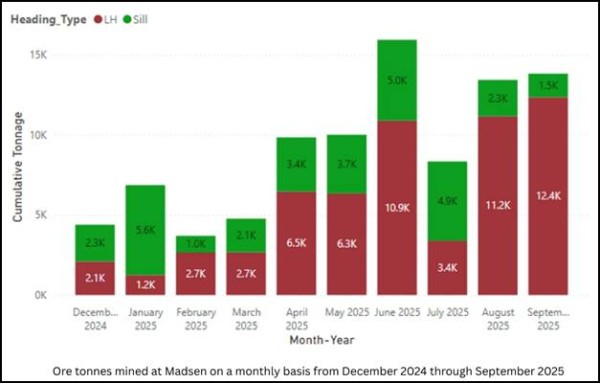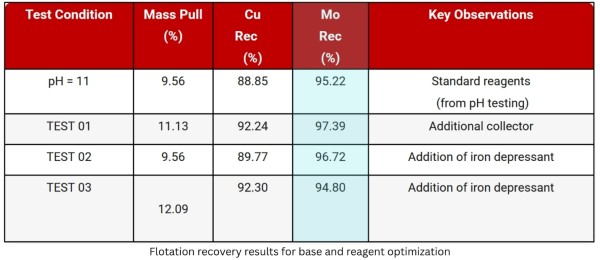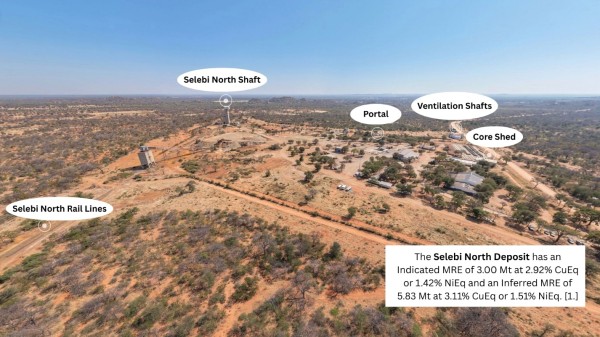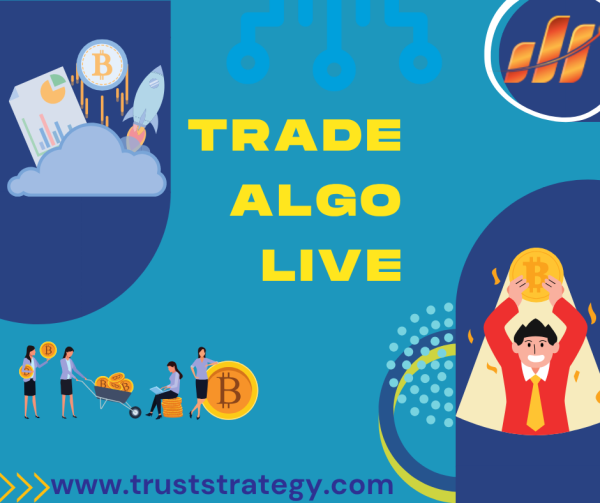CodexField: Building the “Power Grid” for AI Resources — Enabling Free Flow of Data and Models

Throughout the history of AI, humanity has been fixated on the progress of models. From GPT-3 to GPT-5, Claude-4 to Gemini-2.5, each new generation pushes the boundaries of scale and speed. Yet after years of development, it has become increasingly clear: stronger models alone have not automatically driven transformative breakthroughs at the industrial level.
In high-barrier domains such as drug discovery, industrial control, and traffic scheduling, the real challenges companies face are often not about model accuracy — but about the inability of data and models themselves to flow smoothly. They exist like isolated islands, locked behind platform APIs: contributors gain little or no reward, while users lack transparent ways to trace sources or settle payments.
In fact, despite the apparent prosperity of today’s AI industry, the underlying flow of resources still operates in a “manual era”:
- To use datasets from research institutions or third-party models, companies must sign piles of contracts, undergo legal reviews, and manually reconcile payments — a painfully slow process.
- Independent developers who contribute models or algorithms often see their work vanish once wrapped into APIs — stripped of identity and devoid of revenue feedback.
It’s like having power plants but no electric grid — the energy exists, yet there’s no efficient way to deliver it.
What AI truly needs is a public infrastructure that enables data, models, and compute power to move securely across organizations. CodexField was born to address precisely this bottleneck. It aims to build an open “power grid” for the AI world — breaking down the walls of closed platforms, allowing distributed resources to be authenticated, identifiable, measurable, and settleable — so they can finally flow safely and reliably to where they’re needed most.
The “Power Grid” Woven by CodexField
CodexField is a Web3-native asset infrastructure designed for the AI industry, aiming to enable data and model ownership, invocation, and value circulation. It treats models, prompts, algorithmic code, and their derivatives as reusable intelligent assets, realizing the principle of “model as an asset, invocation as billing” through unified packaging and authorization standards. The platform provides a closed-loop system covering storage, ownership verification, authorization, metering, and profit distribution. It is compatible with multi-chain ecosystems and mainstream decentralized storage networks, allowing developers and institutions to flexibly define access rules via smart contracts, achieve cross-institutional sharing, and enable automated settlement.
The core value of CodexField lies in re-assetizing resources once hidden behind APIs—granting data and models property identity and automatic revenue feedback. This lowers collaboration and compliance costs, builds a standardized pipeline for cross-domain sharing and compliant invocation, and lays an institutional foundation for the deep integration of AI and Web3.
Assetizing AI Content Elements: Data, Models, and Code
At its core, an AI model is underpinned by an ever-evolving stack of algorithmic code, while the datasets and prompts supporting its training and inference are equally essential “content.” In traditional Web2 environments, these resources are typically accessed via APIs or compressed packages. Users can send a request and receive a result—but remain unable to trace which models or data were used, who contributed them, or how value should be recorded in legal or financial terms.
This “use-and-forget” model has long stifled AI innovation:
- Independent model creators struggle to receive ongoing rewards for their contributions.
- Companies and research institutions lack transparent provenance and compliance proofs when using external resources, often finding themselves entangled in copyright and audit issues.
- Cross-industry data sharing is hindered by lengthy negotiations and manual reconciliations, leaving many potential applications stuck at the conceptual stage.
CodexField begins by introducing the concept of “content assetization”, aiming to establish unified identities and circulation rules for these fragmented intelligent resources. The platform introduces a “Content Capsule” mechanism — encapsulating datasets, models, code, and even inference scripts into identifiable, callable digital objects. During the on-chain process, each capsule is bound to the creator’s DID identity, version lineage, and integrity hash — effectively generating a proof of ownership that permanently records origin and integrity on the blockchain ledger.
To prevent these assets from becoming isolated again, CodexField further builds an open indexing protocol and a content evaluation system on top of the capsules:
- The indexing protocol functions like a library catalog, creating an open directory for all on-chain capsules, allowing enterprises, research institutions, and developers to easily discover the resources they need.
- The evaluation system ranks resources based on metrics such as invocation success rate, latency, compliance audits, and user ratings, ensuring that high-quality and reliable resources gain greater visibility.
This “index + rating” mechanism not only lowers the threshold for developers to access AI resources but also ensures that all on-chain data and models can be invoked globally under a unified standard. For example, a biopharmaceutical company seeking a third-party molecular structure recognition model no longer needs to spend weeks searching or signing paper contracts. Without risking data leakage, it can directly query the target capsule from the index layer, review its ratings and performance metrics, and invoke it according to on-chain authorization rules.

Through this mechanism, CodexField completes a full loop — from ownership verification to discoverability. It brings together distributed intelligent resources from platforms, laboratories, and individuals into a unified framework that is identifiable, searchable, verifiable, and tradable. This institutionalizes the foundation for automated authorization, metering, and revenue feedback. As a result, CodexField not only enhances industry-wide collaboration efficiency but also ensures that long-overlooked creators and data providers can truly share in the economic value generated by intelligent productivity.
Institutional Foundation
After AI content is assetized, CodexField further establishes an executable rule system for these assets—transforming the authorization terms, metering methods, and revenue-sharing logic once written in contracts into on-chain code and industry standards. Resource providers can use a license description language to define authorization duration, invocation frequency, applicable scenarios, and revocation conditions, generating corresponding capability credentials. In this way, traditional license agreements are abstracted into a set of programmable, callable, and self-executing rules.
When an asset is invoked, the system automatically generates a usage receipt, using MU (Metered Unit) as a unified measurement standard—essentially installing a “meter” for data and models. This ensures consistent metering across cloud environments, edge nodes, and trusted computing frameworks, making every invocation traceable. The platform’s built-in royalty graph automatically identifies all participants along the invocation path—data providers, model developers, and compute nodes—and distributes revenue through on-chain settlement routing, giving AI usage its first truly executable industry standard.
By contrast, most AI collaborations today still rely on paper contracts and trust-based mechanisms. For example, if a company wants to use medical imaging data from a research institute or invoke a third-party model, it must first sign contracts, undergo legal reviews, and reconcile transactions manually—a slow, opaque process that cannot support the rapid iteration AI development demands. As a result, vast amounts of data remain locked in silos, unable to circulate efficiently.
CodexField’s mechanism breaks through this barrier. Developers can seamlessly invoke external resources without rebuilding backend billing systems. Creators receive immediate, auditable rewards each time their data or models are used. Enterprises and research institutions can complete multi-party authorization, invocation, and settlement within a single system—dramatically reducing compliance and financial costs.
Through this institutionalized circulation model, previously fragmented AI resources gain attributes akin to electricity—measurable, payable, and traceable. It greatly lowers the threshold for industry-wide collaboration and establishes a fair, transparent, and continuously value-accruing economic foundation for innovation.

Collaborative Network: Open and Governable
As a Web3-oriented AI infrastructure, CodexField itself is a collaboratively built and jointly governed resource network comprising three core participant groups:
- Data contributors provide the core data and knowledge resources required for model operation. These include standardized medical imaging, financial transaction records, remote sensing and climate data, as well as high-value corpora such as legal, medical, and scientific literature. They also encompass pre-trained models and feature extraction algorithms developed by independent developers or research teams—all of which can be directly accessed through Content Capsules.
- Resource contributors act as the network’s power engine, supplying computation and hardware support for inference, storage, and cross-regional transmission. This includes GPU clusters, low-latency edge nodes, and trusted execution environments (TEEs) for sensitive sectors such as healthcare and finance—ensuring stability and security under high concurrency.
- Application developers and institutions can seamlessly access global capsule-based resources through CodexField’s standardized interfaces, without the need to build their own backend systems. This enables scenarios such as intelligent customer service, content generation, industrial simulation, and precision medicine. Research institutions can also securely access cross-departmental or cross-organizational data and models within the same network, reducing compliance and transaction costs. Moreover, CodexField provides AI platforms and SaaS providers with underlying mechanisms for authorization and revenue distribution, transforming closed API ecosystems into open, verifiable, and profit-sharing resource markets.
To maintain network stability and prevent resource fragmentation, CodexField introduces a PoA (Proof of Access) consensus mechanism, using node availability and service quality as key assessment criteria. Nodes must maintain high uptime and respond quickly to requests. The system dynamically scores nodes based on access success rate, latency, and historical reliability. High-quality nodes receive higher revenue shares, while underperforming ones are marginalized or eliminated.
PoA endows this “power grid” with two defining characteristics:
- Open yet governable – Any compliant individual or institution can join as a node, but rewards are tied to contribution, preventing uncontrolled participation.
- Economically driven stability – By linking incentives to service quality, the network ensures continuous investment in bandwidth, computing power, and redundancy, providing a highly available, low-latency foundation for large-scale AI operations.
Under this architecture, CodexField functions as a public pipeline co-built by multiple participants. Data and models can be shared across organizations while preserving traceability and revenue sharing for contributors. The market-driven competition among resource providers enhances overall efficiency and elasticity. Developers can directly access high-quality global assets without building complex infrastructure.
This collaborative model liberates the AI industry from dependence on single cloud providers or centralized platforms, instead establishing an open, compliant, and sustainable resource network. It lays a solid institutional foundation for healthy governance and long-term incentives across the entire ecosystem.
As a key representative of the Web3 ecosystem, CodexField is pioneering the on-chain ownership and institutionalized circulation of data, models, and compute power—laying the groundwork for the emergence of an “AI Public Power Grid.” It is not only an early implementer but also a catalyst at a pivotal turning point in AI’s evolution. By enabling intelligent productivity to flow as safely and reliably as electricity, CodexField provides a trustworthy and reusable foundation for the coming decade—where AI will move from isolated pilots to systemic interconnection and large-scale democratization.
About CodexField
CodexField is a next-generation Web3 platform for on-chain content assetization. It transforms code, AI models, AIGC outputs, and knowledge into tradable, revenue-generating digital assets. By building full-stack infrastructure for ownership verification, permission control, and content financialization, CodexField is redefining how digital intelligence is created, shared, and monetized on-chain.
Website: codexfield.com
Twitter/X: x.com/CodexField
Telegram: t.me/Codexfield_Official
Telegram Ann: t.me/codexfieldannounce
Youtube: youtube.com/@CodexFieldOfficial
Disclaimer: The views, suggestions, and opinions expressed here are the sole responsibility of the experts. No Economy Circle journalist was involved in the writing and production of this article.





